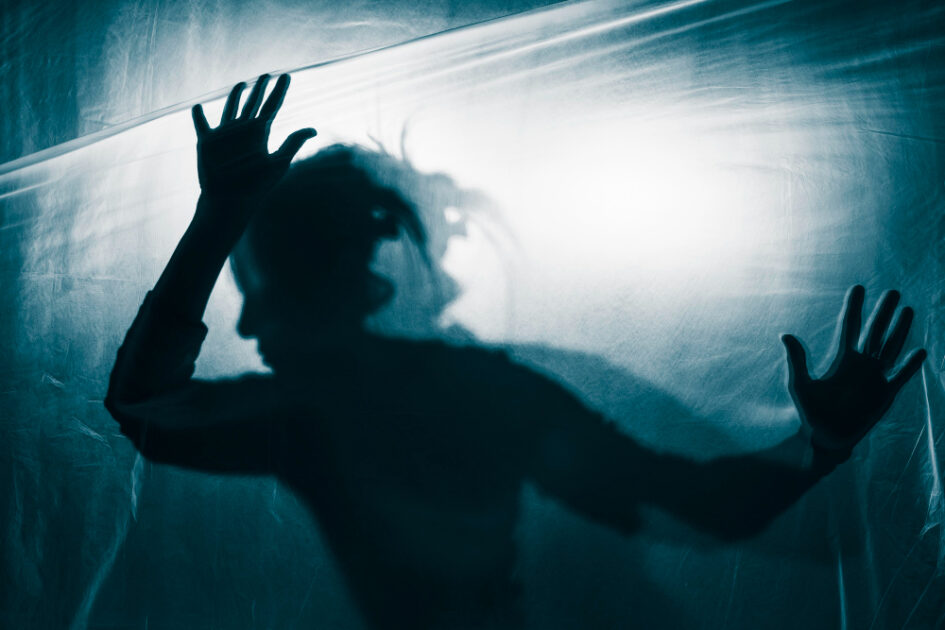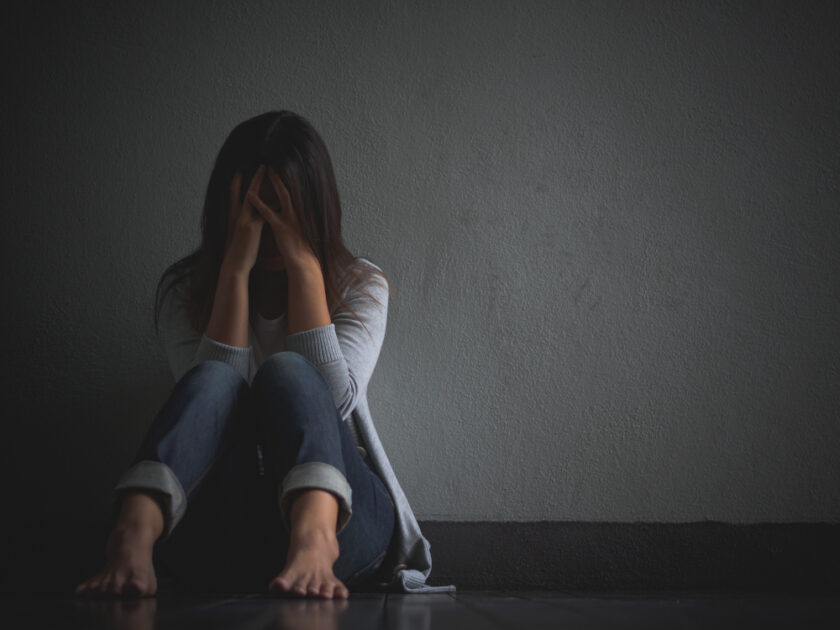
Schizoaffective disorder is a lesser-known mental disorder. Sometimes, schizoaffective disorder is misdiagnosed as schizophrenia.
According to a study by National Alliance on Mental Illness (NAMI), one in 300 people (0.3 percent) will develop schizoaffective disorder at some point in their lives. While the disorder is not common, the consequences can be devastating for those suffering from it.
The disorder impacts both men and women equally.
Schizophrenia is a severe chronic brain disorder that impairs a person’s ability to think clearly. More common than the schizoaffective disorder. Although it only affects 1% of the population, it is considered one of the most severe human diseases. In 2014, approximately 2.6 million adults in the United States aged 18 and older were diagnosed with schizophrenia, with 40% of those diagnosed going untreated in any given year.
Late adolescence or early adulthood are the most common onset years for psychotic disorders (schizophrenia and schizoaffective disorder are types of psychotic disorders).
The onset of the disorder occurs between 18 and 25, but the reasons for its occurrence are still unknown.
Because schizoaffective disorder and schizophrenia are similar, doctors have difficulty figuring out what you’re going through.
Schizophrenia patients may hear voices that aren’t real or see things that aren’t real. In contrast, schizoaffective disorder patients may feel detached from reality. It may also influence the patient’s mood. There are important distinctions that can affect the treatment you receive.
Read More- Is Anxiety Disorder A Mental Illness? Myths And Facts
What Are The Causes Of Schizoaffective Disorder and Schizophrenia?
Medical researchers have been studying schizophrenia for years, but they still haven’t figured out its causes. Initial research suggests that issues with brain chemicals like glutamate and dopamine are to be blamed. Doctors have also discovered that people with schizophrenia have physical differences in their brains.
Other factors can also contribute to the development of schizophrenia. It is possible to develop symptoms if you use mind-altering drugs. Other factors include the mother’s exposure to specific viruses such as influenza during pregnancy.
Schizoaffective disorder, on the other hand, hasn’t gotten nearly as much attention as schizophrenia. Schizoaffective disorder may be caused by genes that control your body’s sleep-wake rhythms.
Stressful events are another factor contributing to the development of schizoaffective disorder. If you have other mental health issues, you may be more likely to develop schizoaffective disorder.
What Are The Symptoms Of Schizoaffective Disorder and Schizophrenia?
Those with schizophrenia may exhibit psychotic symptoms, which means they will lose touch with reality. Hallucinations are when you hear or see things that aren’t real. You could also be suffering from delusions and believing things that aren’t true.
Schizoaffective disorder, on the other hand, is a unique disorder. Despite the similarities in symptoms, it’s classified as a mix of schizophrenia and bipolar disorder. Those with bipolar will have mood swings that include severe mania and depression. These bipolar symptoms will be present in people with schizoaffective disorder. Still, they will also experience psychotic symptoms similar to schizophrenia that last for two weeks.
How To Recognize Schizophrenia And Schizoaffective Disorder
After a thorough examination of all the symptoms, doctors will attempt to diagnose these problematic conditions. If you have at least two of the following symptoms, they may likely conclude that you have schizophrenia:
- Delusions
- Hallucinations
- Strange thoughts
- Negative symptoms include a lack of emotion or a withdrawal from social activities.
- Unusual body movements

Even the most experienced doctors may have difficulty distinguishing between the two. If you exhibit the following symptoms, your doctor will most likely diagnose you with schizoaffective disorder:
- Symptoms that are consistent with a mood disorder
- Two-week-long hallucinations without any signs of a mood disorder
- Mood disorders such as mania or depression that occur concurrently with schizophrenia
Read more- Is The Next Global Mental Health Crisis About Climate Change?
Takeaway
Antipsychotic drugs, which control hallucinations and delusions, commonly treat schizophrenia. It could be an older antipsychotic or a newer drug with fewer side effects.
The drugs used during the treatment of schizophrenia can be used to cure schizoaffective disorder too but only after the doctor has prescribed it. Still, depending on the situation, your doctor may also prescribe a mood stabilizer to help manage symptoms. Talk therapy may be beneficial to you. It will teach you strategies for achieving your goals and dealing with unwanted thoughts or mood swings.
It is possible to return to an active lifestyle with the proper treatment. If you or someone you know has shown any of these symptoms, you should seek help. They are severe illnesses that necessitate immediate medical attention.

